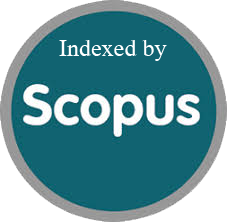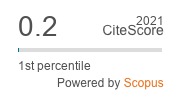A Case Study – Allotment of Qualified Caregivers in Hospitals by Goal Programming Model
DOI:
https://doi.org/10.17762/msea.v71i4.2116Abstract
Qualified Caregivers scheduling arrangements usually consists of several objectives to be achieved at once. The value of each objective cannot be certainly determined. With Fuzzy Goal Programming application using the MINMAX approach, the multi-objective nurse scheduling problem with uncertain value in this article can be solved. Tolerance limits have been set for each objective, and the computation results show that the solution is within the interval of allowable tolerance. Constraints regarding requests for nurse leave, the minimum number of nurses on duty per shift, the number of consecutive working days allowed, and hospital policies can be met properly. The sensitivity analysis can be done easily by changing the maximum deviation value in equations.This study contributes to the future by revealing that the use of fuzzy set theory with unbalanced positive and negative deviation can be effectively used to solve nurse scheduling problem. The resulting schedule is quite satisfying because it can meet nurse preferences and hospital policies. In the further studies, this model is expected to be developed with more complex problem constraints by adjusting to existing policies. This model is also expected to be developed into user-friendly software so that the process of decision making can be carried out faster by anyone.




